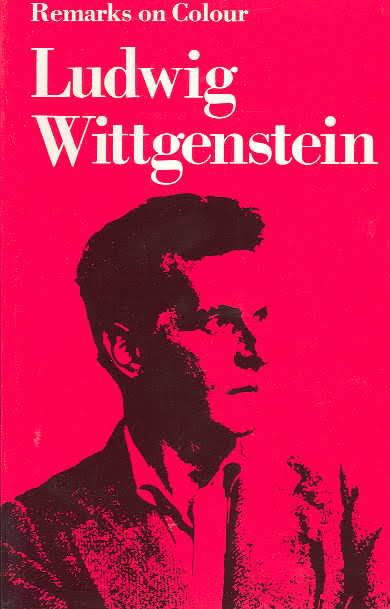8 /10 1 Votes8
| 4/5 Goodreads | |||||||||||||||||||||||||||||||||
 | ||||||||||||||||||||||||||||||||||
Similar Ludwig Wittgenstein books, Color books | ||||||||||||||||||||||||||||||||||
Remarks on Colour (German: Bemerkungen über die Farben) was one of Ludwig Wittgenstein last works, written during a visit to Vienna in 1950 while dying of cancer. Believing that philosophical puzzles about colour can only be resolved through attention to the involved language-games, he considers Goethe's propositions in the Theory of Colours, and the observations of Philipp Otto Runge in an attempt to clarify the use of language about colour.
Wittgenstein was interested in the fact that some propositions about colour are apparently neither empirical nor exactly a priori, but something in between: phenomenology, according to Goethe. However, he took the line that 'There is no such thing as phenomenology, though there are phenomenological problems.' He was content to regard Goethe's observations as a kind of logic or geometry. Wittgenstein took his examples from the Runge letter included in the "Farbenlehre", e.g. "White is the lightest colour", "There cannot be a transparent white", "There cannot be a reddish green", and so on. The logical status of these propositions in Wittgenstein's investigation, including their relation to physics, was discussed in Jonathan Westphal's Colour: a Philosophical Introduction (1991).
Although Remarks on Colour is considered difficult on account of its fragmentation, his last work, On Certainty (German: Über Gewissheit) is considered to be his most lucid.
